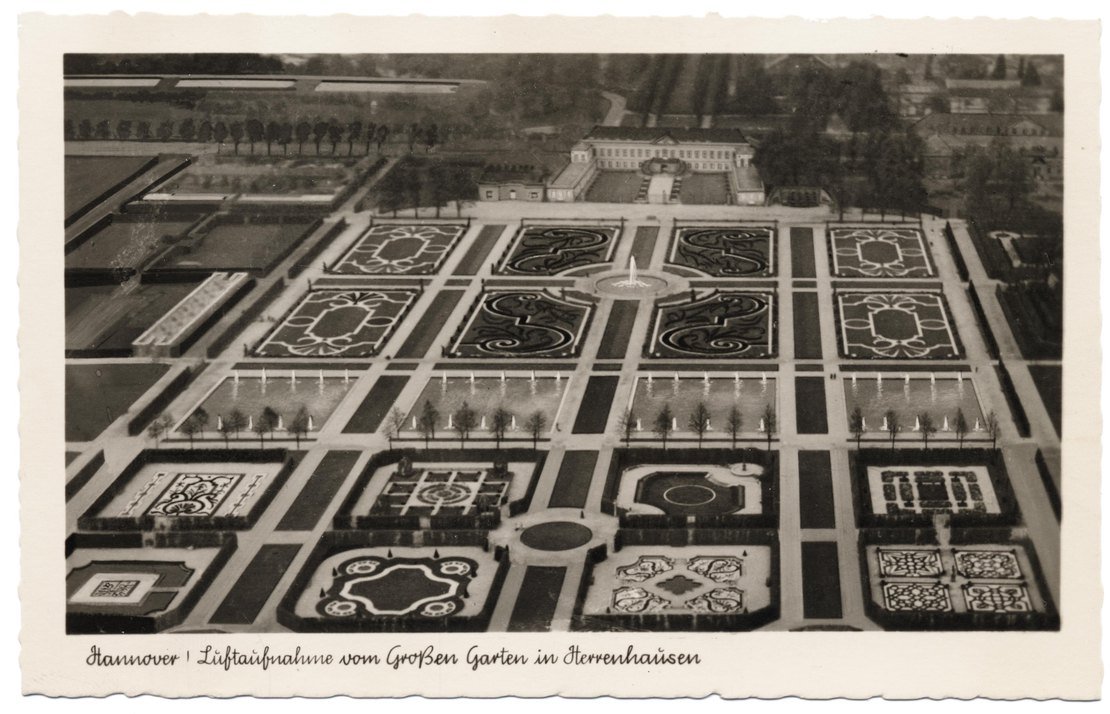Our history
In the 19th century Herrenhausen Palace was the summer residence of the royal house of Hanover. However, the history of the Palace begins much earlier. In 1636 Duke of Calenberg had a so-called “Vorwerk” built in Herrenhausen. From here, the residential city of Hanover was supplied with agricultural products. From 1674 the summer residence was extended. In 1680 Duke Ernst August took over the government. His political ambitions required the corresponding representative architectural “accompaniment”: the construction of a palace. He himself drew up the plans in 1690. The centrepiece was a central building flanked by four symmetrically arranged buildings. The construction work ended abruptly with his death in 1697. In the same year, Princess Sophie initiated the expansion of the baroque gardens, designed by Martin Charbonnier. In 1704 the palace was repaired. However, the main features have been preserved to this day.
From 1714, the Electorate of Hanover and Great Britain were linked in personal union. The princes of Hanover resided in Great Britain as kings, but often spent the summer at Herrenhausen Palace. The Palace and gardens were therefore carefully maintained. The seven-year-old War put an abrupt end to it. The maintenance of the Palace was reduced to a minimum until Hanover was declared a kingdom in 1814. In 1819, the palace building was redesigned in the classicist style by court administrator Georg Friedrich Ludwig Laves. In 1943 the Palace was completely destroyed. Only the large flight of steps was preserved.
In 2009/2010 the “Renaissance” of the Palace started with the architectural competition for the reconstruction.
At the beginning of 2013, the new Palace was put into operation.



